Forums
- Forums
- Duggy's Reference Hangar
- USAAF / USN Library
- Curtiss SBC Helldiver
Curtiss SBC Helldiver
Post a reply
- Go to Previous topic
- Go to Next topic
- Go to Welcome
- Go to Introduce Yourself
- Go to General Discussion
- Go to Screenshots, Images and Videos
- Go to Off topic
- Go to Works in Progress
- Go to Skinning Tips / Tutorials
- Go to Skin Requests
- Go to IJAAF Library
- Go to Luftwaffe Library
- Go to RAF Library
- Go to USAAF / USN Library
- Go to Misc Library
- Go to The Ops Room
- Go to Made in Germany
- Go to Campaigns and Missions
- Go to Works in Progress
- Go to Juri's Air-Raid Shelter
- Go to Campaigns and Missions
- Go to Works in Progress
- Go to Skinpacks
- Go to External Projects Discussion
- Go to Books & Resources
-
13 years agoSun Dec 01 2019, 02:08am
 Main Admin"Carrying the famous name ""Helldiver,"" the SBC was originally designed as a monoplane under
Main Admin"Carrying the famous name ""Helldiver,"" the SBC was originally designed as a monoplane under
the designation XF12C-1 to meet the Navy's requirement for a carrier-based fighter. However,
between 1932 and 1934, the design evolved first into a scout aircraft and finally into a
scout-bomber. Curtiss-Wright's first effort, the XSBC-1, proved unsuitable for the demands
placed on it by dive-bombing runs and eventually crashed during company flight testing. Its
successor was an entirely new design, most noticeably in the fact that it was a biplane. This
aircraft, the XSBC-2, first flew on 9 December 1935, but by that time the original engine
intended for use aboard the aircraft had been outclassed by more advanced power plants. Thus,
the Wright R-1510 engine was replaced by a 700 hp Pratt & Whitney R-1535-82 Twin Wasp Junior,
necessitating the redesignation of the aircraft as an XSBC-3. Based on the promise of this
version of the aircraft, the Navy ordered 83 production versions of the design (SBC-3) in
August 1936 and followed it up in early-1938 with an order for 124 SBC-4s, which were equipped
with 850 hp Wright R-1820-34 Cyclone engines. This particular version of the Helldiver holds
the distinction of being the last combat biplane produced for the U.S. Navy. In the fleet,
the SBCs served with carrier-based scouting squadrons, but by the end of the SBC-4's
production run, many were being delivered directly to the Reserves, having been outclassed by
more capable monoplane designs. One Marine squadron, VMO-151 based in Samoa, kept their
SBC-4s until June 1943. In addition to the U.S. Navy and Marine Corps, France ordered 50
examples of the aircraft in 1940, but they would not reach front line service before that
country capitulated to the Germans in June of that year. One was lost at sea and 44 ended up
being scrapped when the French carrier in which they were being delivered was interred at
Martinique. The remaining five from the batch, which were being transported aboard a British
carrier, reached England, where under the name Curtiss Cleveland they were employed in
training mechanics."
MODEL Curtiss SBC-4
ENGINE 1 x 671kW Wright R-1820-34 Cyclone 9 radial piston engine
WEIGHTS
Take-off weight 3211 kg 7079 lb
Empty weight 2065 kg 4553 lb
DIMENSIONS
Wingspan 10.36 m 34 ft 0 in
Length 8.57 m 28 ft 1 in
Height 3.17 m 10 ft 5 in
Wing area 29.45 m2 317.00 sq ft
PERFORMANCE
Max. speed 377 km/h 234 mph
Cruise speed 282 km/h 175 mph
Ceiling 7315 m 24000 ft
Range w/max.payload 652 km 405 miles
ARMAMENT 2 x 7.62mm machine-guns, 1 x 227kg bomb
Below XSBC-3
Below SBC-3












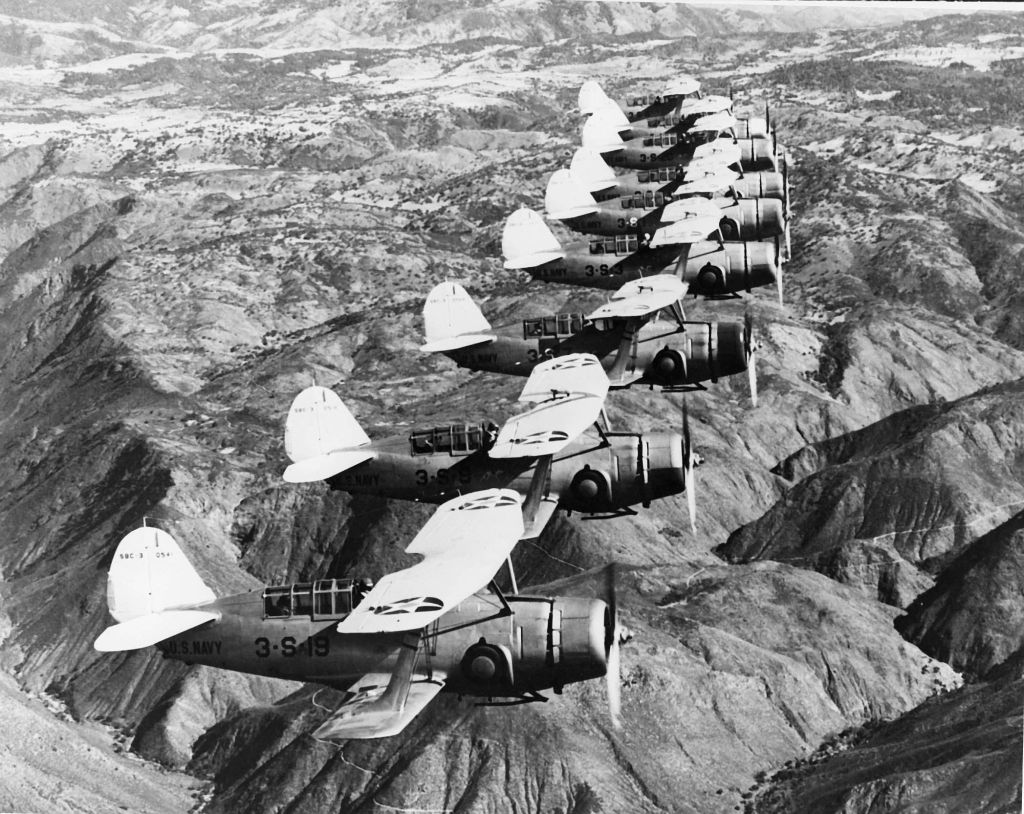











Below XSBC-4
Below SBC-4
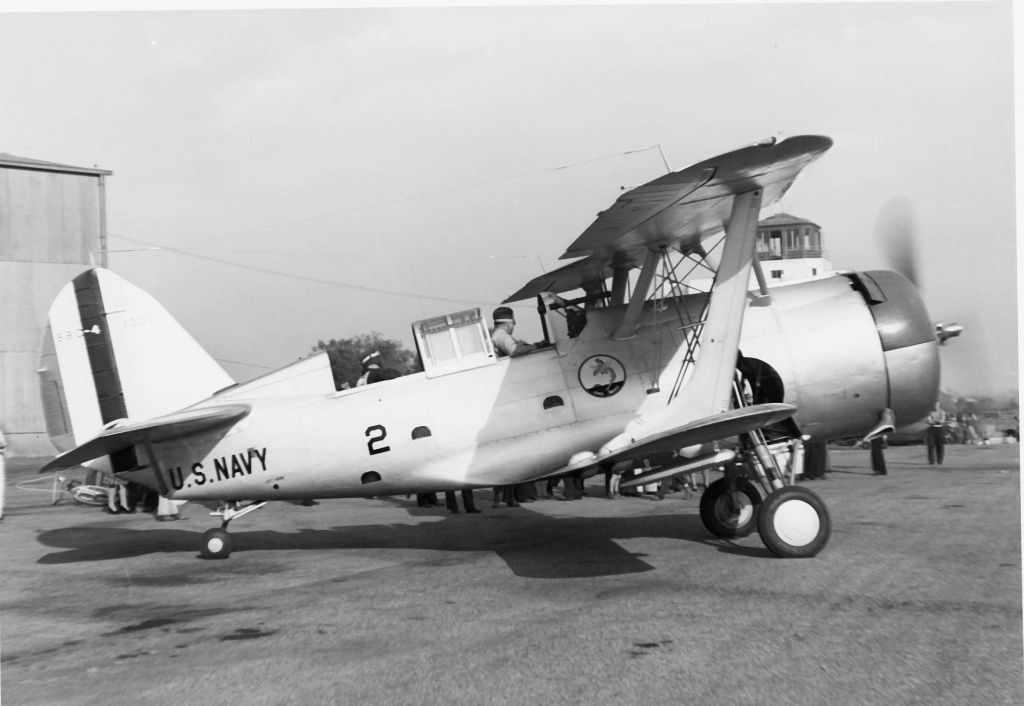

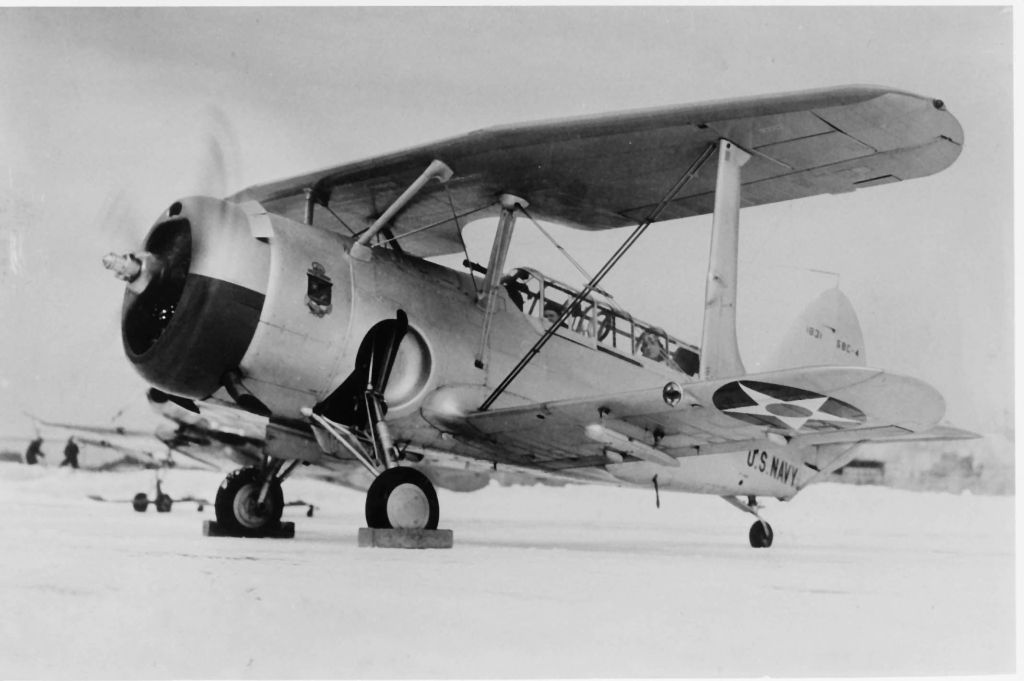





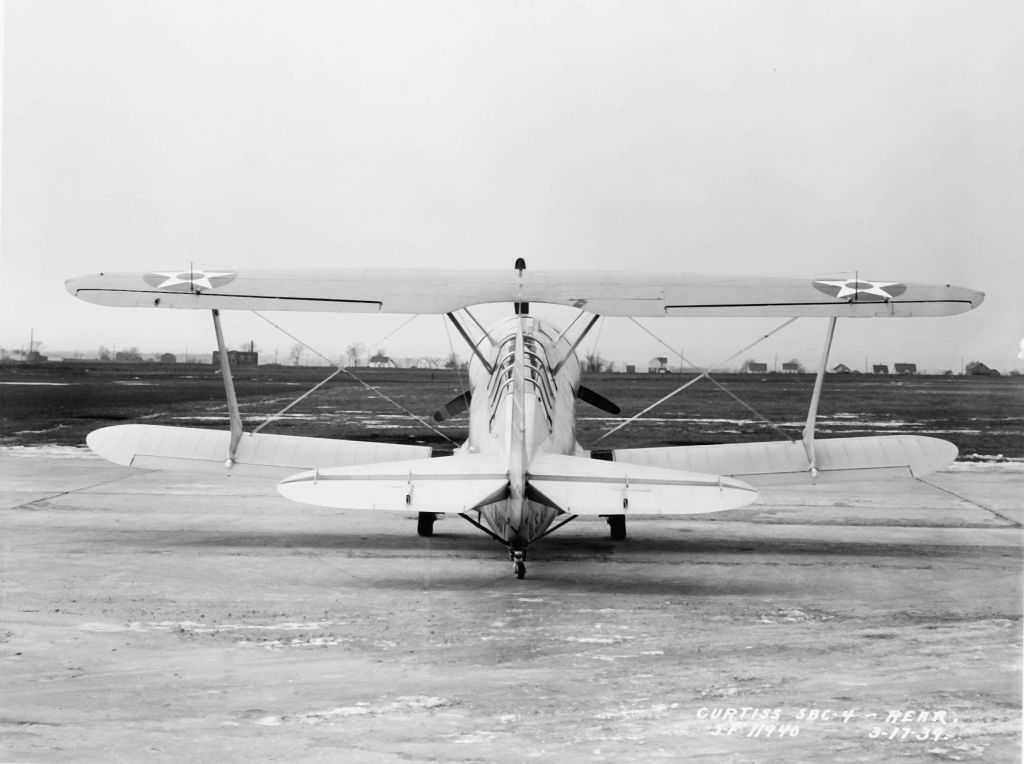














Below Curtiss Cleveland


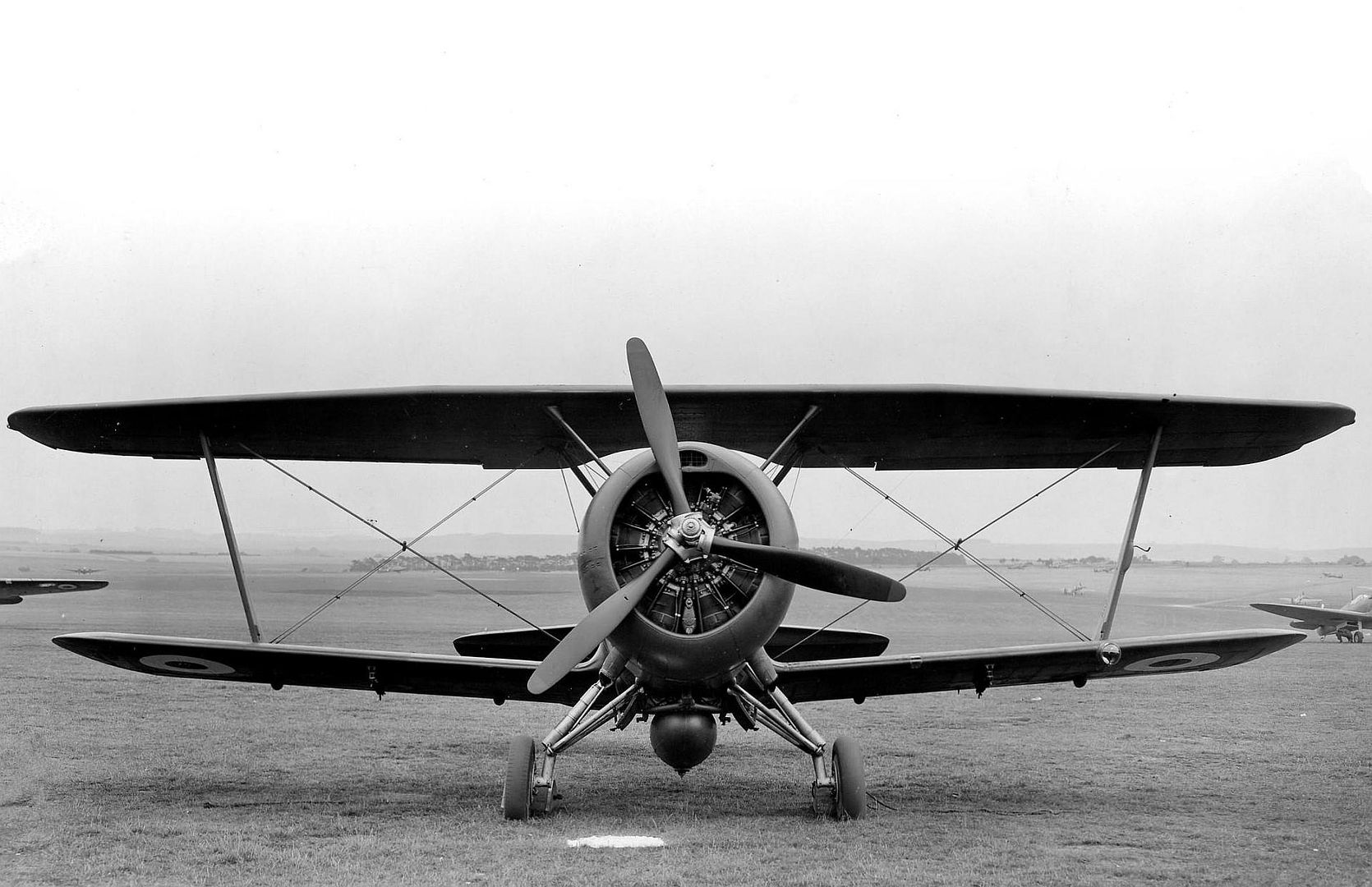

Below French. SBC-4
Regards Duggy. -
12 years ago
 Level 1I can't tell you why but the SBC has always been one of my favourite aircraft.
Level 1I can't tell you why but the SBC has always been one of my favourite aircraft.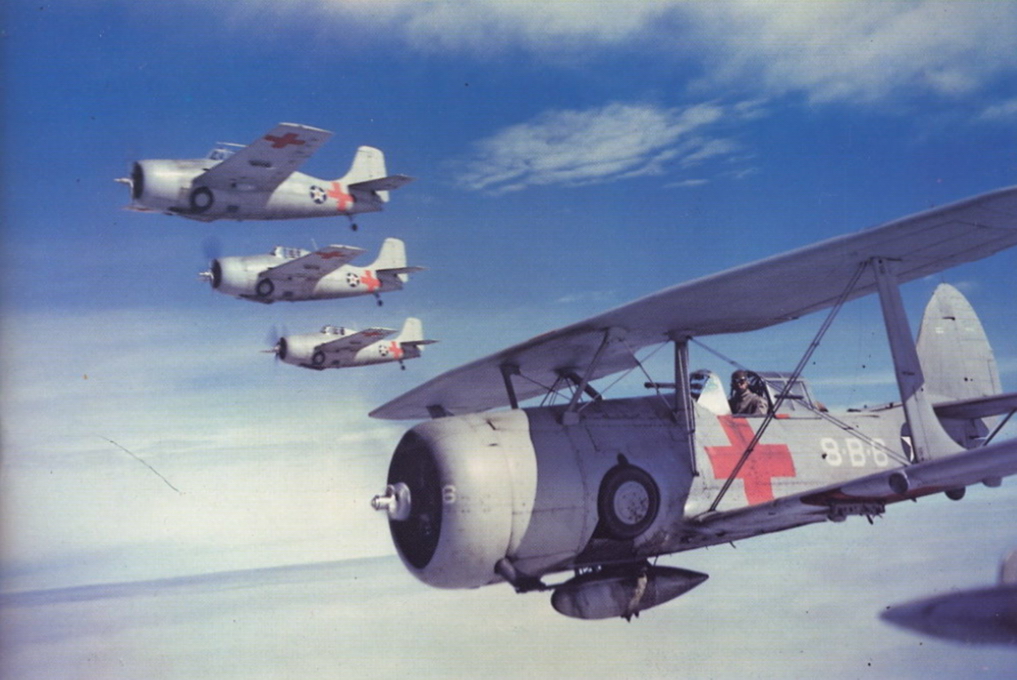
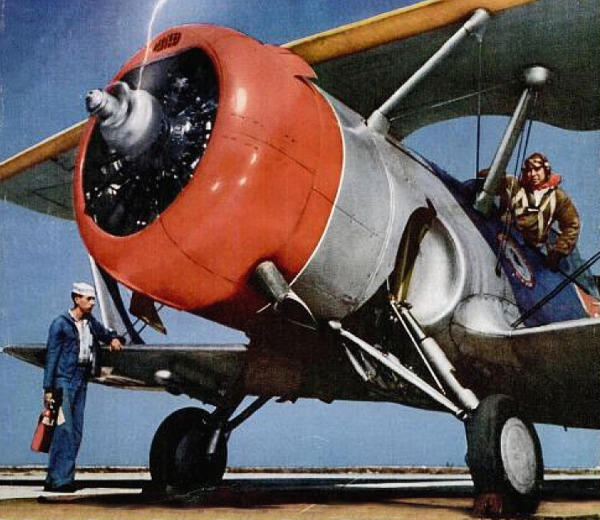
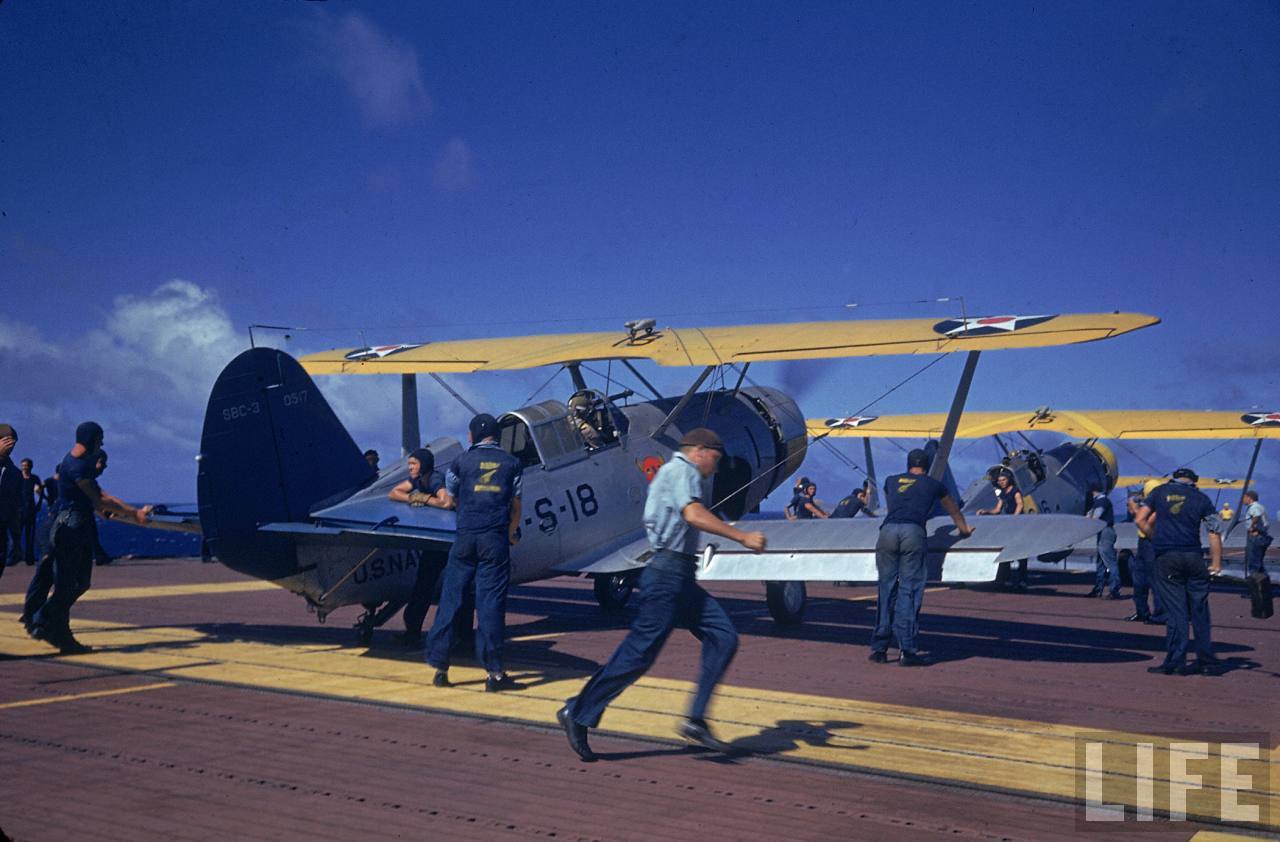
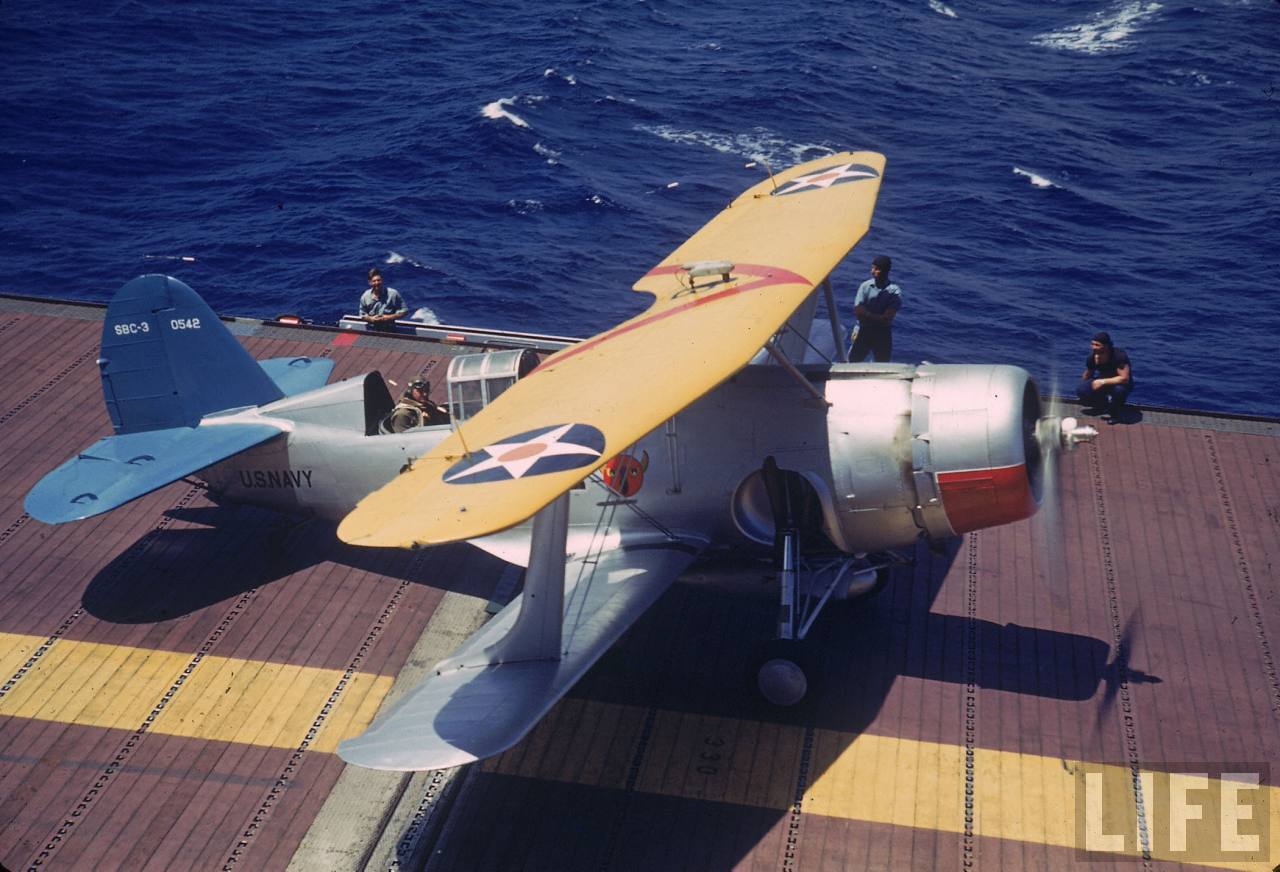

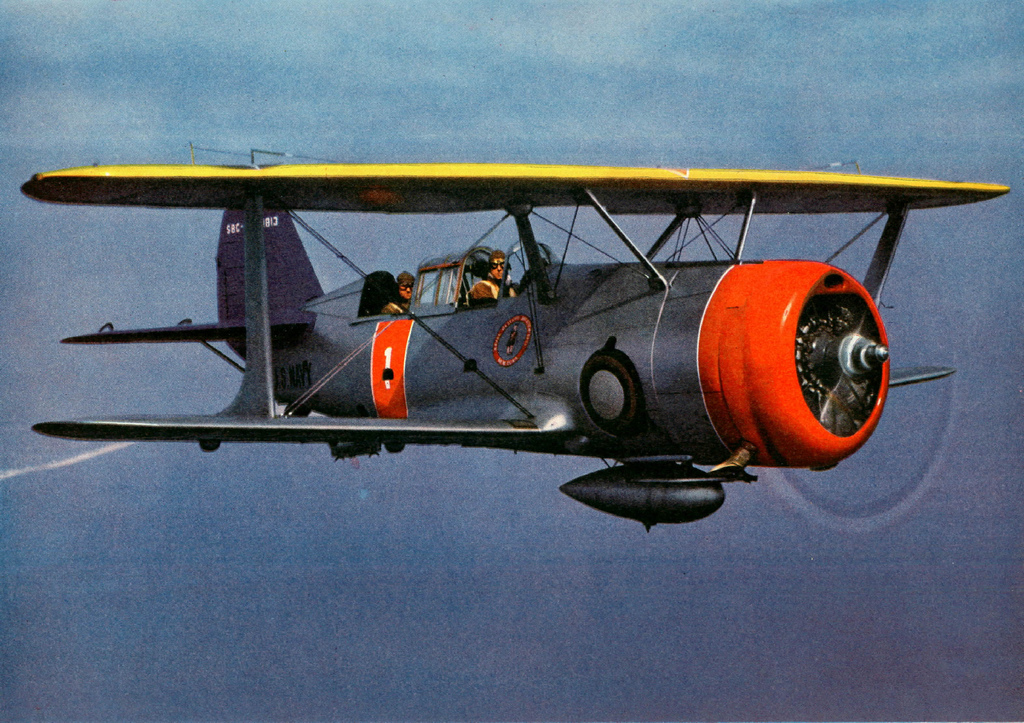
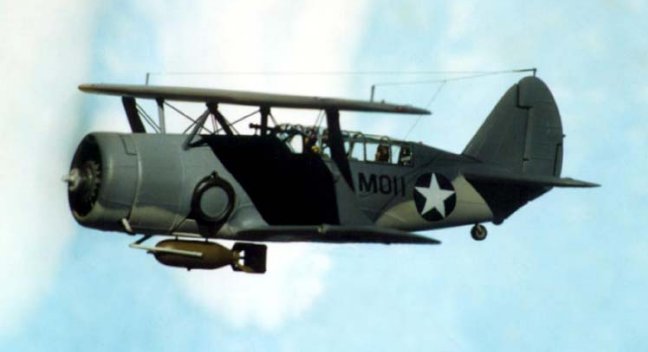
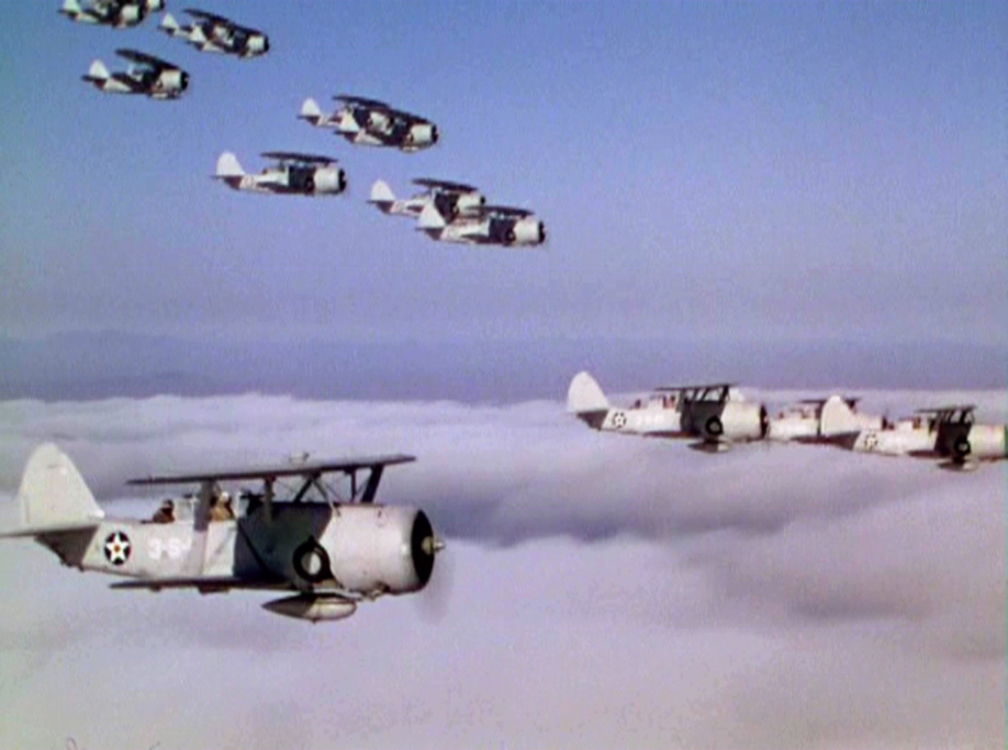
Post a reply
- Go to Previous topic
- Go to Next topic
- Go to Welcome
- Go to Introduce Yourself
- Go to General Discussion
- Go to Screenshots, Images and Videos
- Go to Off topic
- Go to Works in Progress
- Go to Skinning Tips / Tutorials
- Go to Skin Requests
- Go to IJAAF Library
- Go to Luftwaffe Library
- Go to RAF Library
- Go to USAAF / USN Library
- Go to Misc Library
- Go to The Ops Room
- Go to Made in Germany
- Go to Campaigns and Missions
- Go to Works in Progress
- Go to Juri's Air-Raid Shelter
- Go to Campaigns and Missions
- Go to Works in Progress
- Go to Skinpacks
- Go to External Projects Discussion
- Go to Books & Resources
